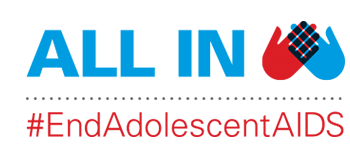Global standards for quality health-care services for adolescents: Standards and criteria
Global initiatives are urging countries to prioritize quality as a way of reinforcing human rights-based approaches to health. Yet evidence from both high- and low-income countries shows that services for adolescents are highly fragmented, poorly coordinated and uneven in quality. Pockets of excellent practice exist, but, overall, services need significant improvement and should be brought into conformity with existing guidelines.
The WHO/UNAIDS global standards for quality health-care services for adolescents aim to assist policy-makers and health service planners to improve the quality of health-care services, so that adolescents find it easier to obtain the health services that they need to promote, protect, and improve their health and well-being, according to their needs.
This publication presents global standards for quality health-care services for adolescents, as well as an implementation guide and monitoring tools.
